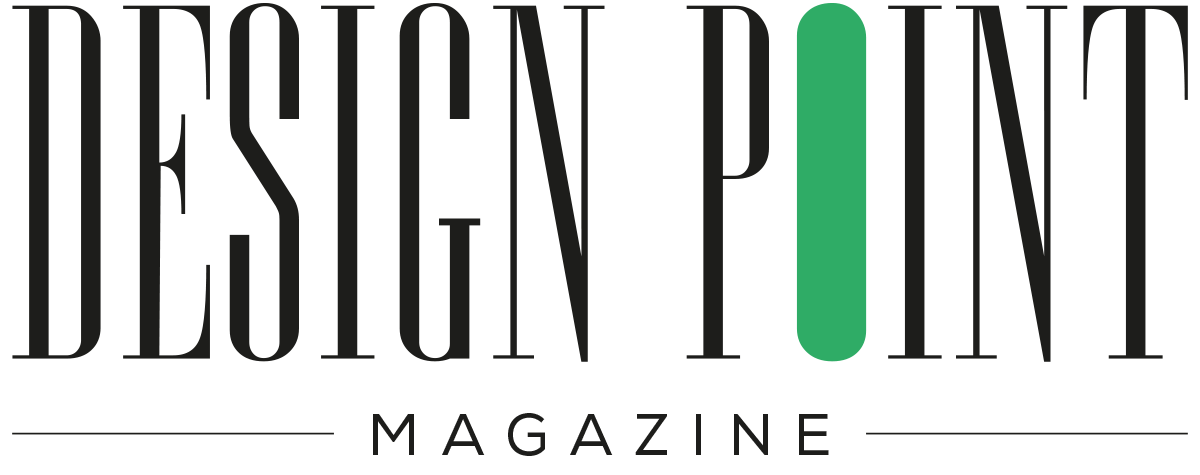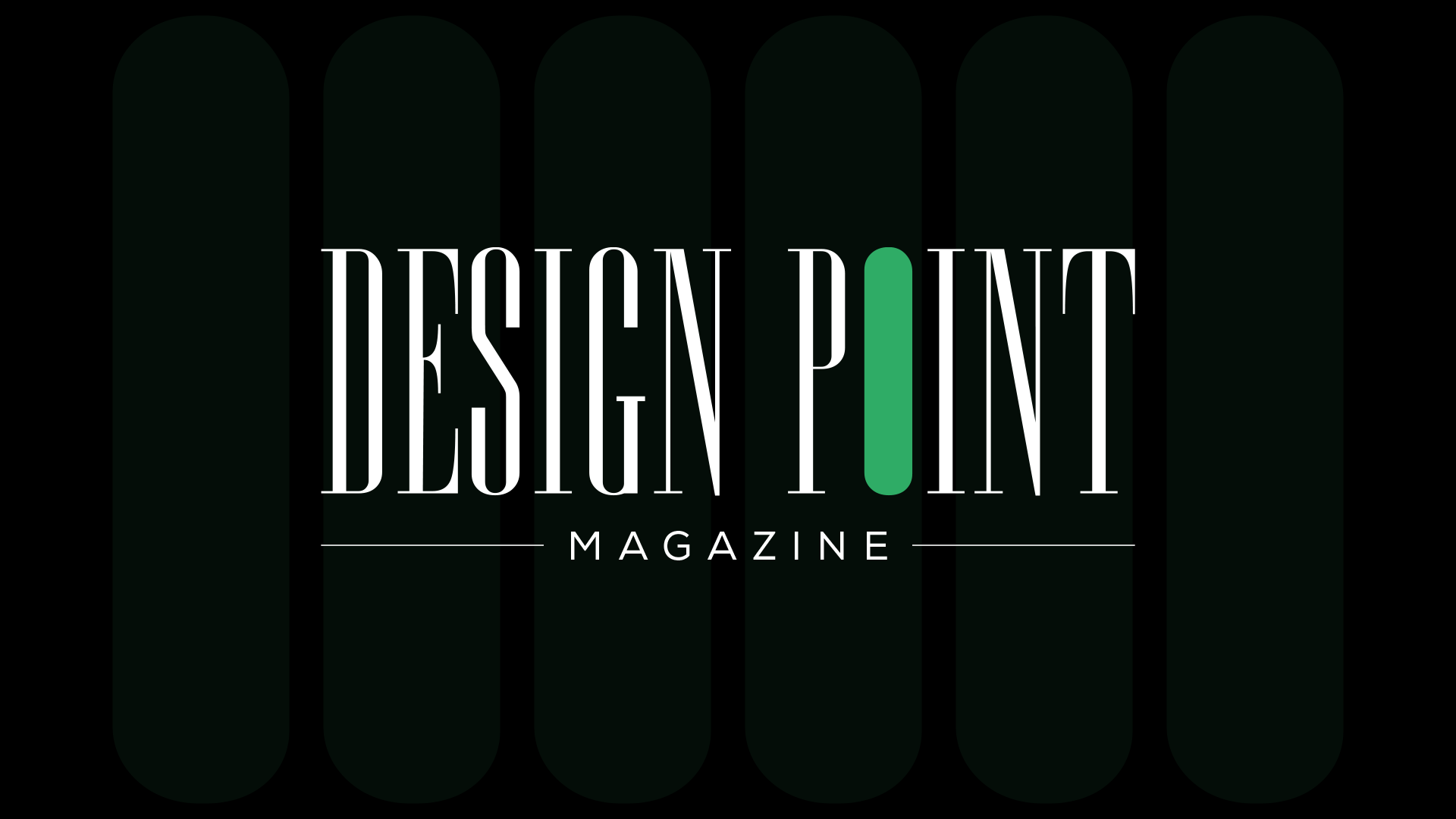Banner ads and display ads, though they sound similar, are actually different from each other. These are some of the most preferred ways for digital promotions. Knowing the key differences between banner and display ads is crucial to gaining maximum exposure and success in your promotional campaign.
In this blog, we will discuss these two methods and know everything about them, including the differences.
What are display ads?
When you browse a random site, you often encounter big ads appearing all of a sudden. These are display ads that appear online with various visual components. These ads usually have engaging text, graphics, and a clear CTA. Display ads are promoted on websites, social media, and mobile apps.
A display add may include static, animated, or dynamic visuals to grab the attention. One of the most significant advantages of display advertising for businesses is that they can target specific demographics, which is their target audience. Businesses can display ads depending on their audience’s interests and behaviors.
Types of display ads
Here are some of the major types of display ads that businesses can explore for brand awareness and promotion:
Static Ads: Static display ads are non-moving simple advertisements that use the combination of graphics and text to convey the brand message. The JPG and PNG file formats allow these ads to load quickly.
Animated Ads: These types of display ads capture the target audience’s attention instantly due to the use of animation, which is created as GIFs or HTML5 files.
Video Ads: Display video ads are popular for their capability to engage the target audience with their content. Such ads also are effective on social media pages and web pages.
Interactive Ads: Ads with interactive elements make it clickable and engaging. The user participation allows it to garner maximum engagement.
Examples of display ads
Here are some examples of display ads for inspiration.
HP
HP’s online display ad example in on point. Through this promotional ad, the company focuses on small and mid-sized businesses struggling through the tax season to stay sane and organized, of course.
The context of this display ad looks into people’s and businesses’ problems during the tax season when the deadline is just a few days away. With this advertisement, the company urges its audience to hop on the products and services they need. And it’s natural to print or copy more and more documents for auditing and tax filing.
To-the-point text does its job.
Lexus
We all know the luxury automotive maker Lexus. The brand has a unique way of promoting its products. This display ad showcases an innovative approach to marketing. It doesn’t include the car, but a girl’s half-faced image with a catchy text. And it easily grabs the attention.
The company focuses on attractive graphics to leave a lasting impression and encourage them to take an action.
What are banner ads?
Now let’s define what banner ads are. Banner ads are the smaller groups of display ads. They usually appear on a website’s top, bottom, or side positions. Small businesses can leverage this strategy to boost brand recognition. It’s a cost-effective way of digital marketing that lets you promote your brand. They can be available into various shapes and sizes, like rectangular banner ads, leaderboards, skyscrapers, and squares.
Types of banner ads
Banner ads come in various sizes and shapes. But they can be broadly categorized into the following 8 types:
Static Banner Ad – Static banner ads are considered standard banners. These ads comprise a single image with a brief text.
Video Banner Ad – As the name suggests, this banner ad uses moving visuals along with audio to engage viewers.
Run of Site Banner Ad – These types of banner ads are visible and accessible in a variety of formats, including static images and moving graphics.
Pop-Up Banner Ad- Pop-up banner ads are the ones that come up all of a sudden from the corner, center, and front of the host’s website.
Expandable Ad – An expandable banner is a flexible format that can be increased to any size per a web page’s specific area.
Lightbox Banner Ad – A Lightbox banner advertisement is an interactive ad that can cover full-screen with its text, video, graphics, or audio for user engagement.
Infographic Banner Ad- Infographic banner ads have vibrant visuals to convey information on a specific issue or for brand promotion. These ads are also effective in building brand authority.
Animated Banner Ad – These ads use GIFs, video, and audio to convey the brand message and grab the audience’s attention.
Banner Ad Examples
Here are two examples of display banner ad examples from global companies:
Amazon AWS
In this banner ad from Amazon, you can see that the company focuses on establishing its brand authority. The message says, “AWS is more reliable than the next major cloud provider.” That’s cold but to the point. They are the best in the industry, and they know it. The text also highlights their AWS feature with 7x fewer downtime hours in 2018 data. It’s enough to grab attention and instill confidence in the target audience.
Yahoo Mail
This horizontal Yahoo Mail ad is one of the excellent banner ad examples. It was launched in 2019 and used for the next many years as it yielded results. Note that the ad design displays the key benefits of spending less time searching, which is visible in bold letters to the visitors using Yahoo Mail.
Differences between banner ads and display ads.
Before you start showing your banner and display ads on the Internet, know the key differences between the two.
Specific format
The first visible difference between banner and display ads is their formats. Banner ads are generally static images or can be animated and connected with enticing clickable links. Most of these ads are in a rectangular format or skyscraper or leaderboard, also known as horizontal banners. Skyscraper ads are thin vertical columns of around half a page to dominate a web page.
On the other hand, display ads are of many types and come in different formats. It can be text-based, text and graphic based, and video-based. The ad can include multimedia elements to make it more informational and interactive.
Placement of ads
Banner ads are typically placed on the web page header, sidebar, or footer. So, these ads are restricted to the outer sides of the web pages.
Display ads appear in different places across web pages, mobile applications, social media, and YouTube.
Different features
Banner ads do not typically incorporate various design elements. Instead, these largely depend on colors and the visual harmony of the design. A typical banner ad has a distinctive call to action button to take the visitors to the brand’s landing page. Banner ads are preferred to boost conversion rates and user experience.
Display ads have more interactive elements like maps, forms, video, audio, and expandable elements. So, these are the ads you can personalize to boost engagement and stand out.
Viewership and engagement
Another difference between banner ads and display ads is regarding their performance. Banner ads are generally not considered an excellent option for higher customer engagement. This is because visitors mostly ignore banner ads.
Display ads, on the other side, are known for much higher engagement rates as they have interactive elements such as a video to catch their attention. .
Reach amongst the target audience
Banner ads have a restricted reach amongst the viewers, though these ads are part of the display ad network. Banner advertisements have limitations regarding their sizes, shapes, and positions on a web page, which reduces their reach.
On the other hand, display ads have a wider reach since Google Display Network carries them out. An advantage of this ad network is that it targets a specific brand audience across various demographics. So, your ads will reach only your target demographics and aim at those whose behavior aligns with your brand values and message.
Pricing structures
Lastly, there is a prince structure difference between banner and display ads. Banner ads are usually paid on a CPM or CPC basis.
The pricing structure of display ads is more varied and includes CPC (cost-per-click), CPA (cost-per-acquisition), or CPV (cost-per-view). The expenditure on display ads by businesses is expected to exceed $266.6 billion by 2026. This stat alone signifies the pivotal role display ads play for brands in marketing.
When to opt for display ads?
Now that you know what display ads are, you want to promote your brand using these ads. But when would you prefer these types of ads?
Display ads are a better option when the goal is to boost user engagement and involvement with your target audience.
When are banner ads perfect options?
Banner ads are the best options when your brand aims to ensure instant visibility. These ads are noticed at first sight at a web page’s top or sidebars. That is why they immediately catch attention as the user visits the page.
You should also consider banner ads to improve website traffic. So, even when a user clicks on the ads and does not buy, it still increases website traffic. Moreover, banner ads can be used to advertise temporary deals and generate leads.
Your brand’s presence through these ads is also consistent across the web. However, ensure that your banner ad design looks professional and that all its elements are strategically placed.
So, these are the significant differences between banner and display ads that businesses should consider. Choose the right ad format to gain maximum attention from ads. Ensure that your advertising campaign aligns well with its target market and goals.
You can use tools like a banner maker to create stunning banner ads or hire professionals for the same.
Wrapping Up
When businesses launch an ad campaign for brand awareness and promotion, they have two main options: banner ads and display ads. Banner ads appear at the top, side bars, and footer section of a website. Display ads come in various sizes and appear in between the content of a web page. Both are effective in grabbing attention, driving traffic, and generating leads.

